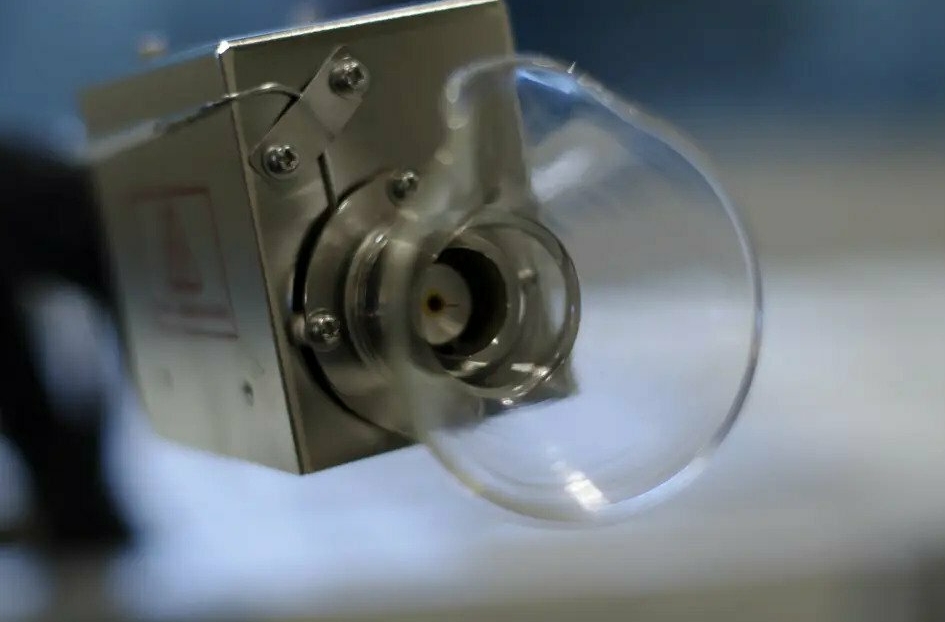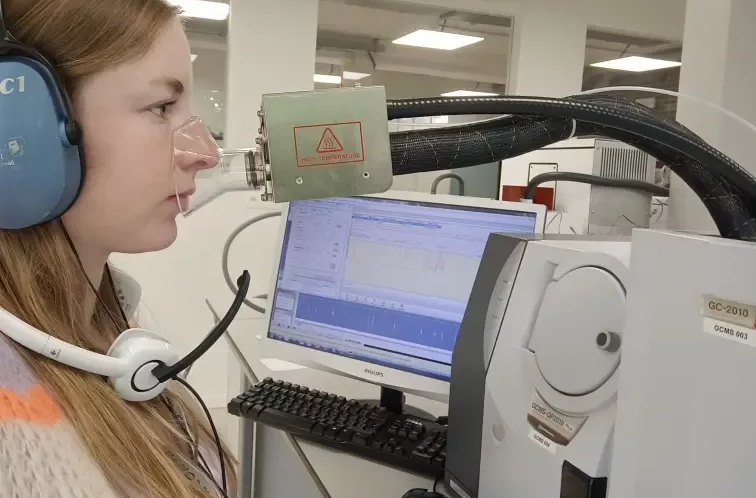Your web browser is out of date. Update your browser for more security, speed and the best experience on this site.
Odour Screening
GC-Sniffing or GC-O (GC-Olfactometry) combines the best detector for odour, the nose, with analytical equipment. The general odour can thus be divided into separate odours and components.

VOC and odour
A perceived odour consists of a combination of different volatile organic compounds (VOC). Each of these VOC has its own odourous character, which is highly subject to subjective perception. They also have their own odour threshold, which indicates the lowest observable concentration. They can also have an amplifying or debilitating odour effect when present with other VOC. An odour screening, to identify the VOC responsible for the perceived odour, is not an easy job.

How does an odour screening work?
During the odour screening, the VOC in the odourous air are separated, so that they are presented one by one to the detectors. One detector (mass spectrometer) allows us to detect and identify the compounds present. With the other detector (our nose), we collect information about the odour character and intensity of the odours present. Based on time, a link can be made between the results of both detectors. This allows us to find out which VOC are important in terms of smell.

What is an odour screening used for?
- Detecting VOC responsible for the perceived odour
- Detecting VOC that cause an abnormal odour
- Confirmation of perceived odour caused by VOC with very low odour thresholds
How can we help?
Do you have questions about VOC analysis? We can be reached via the channels below or leave a message on our contact page.